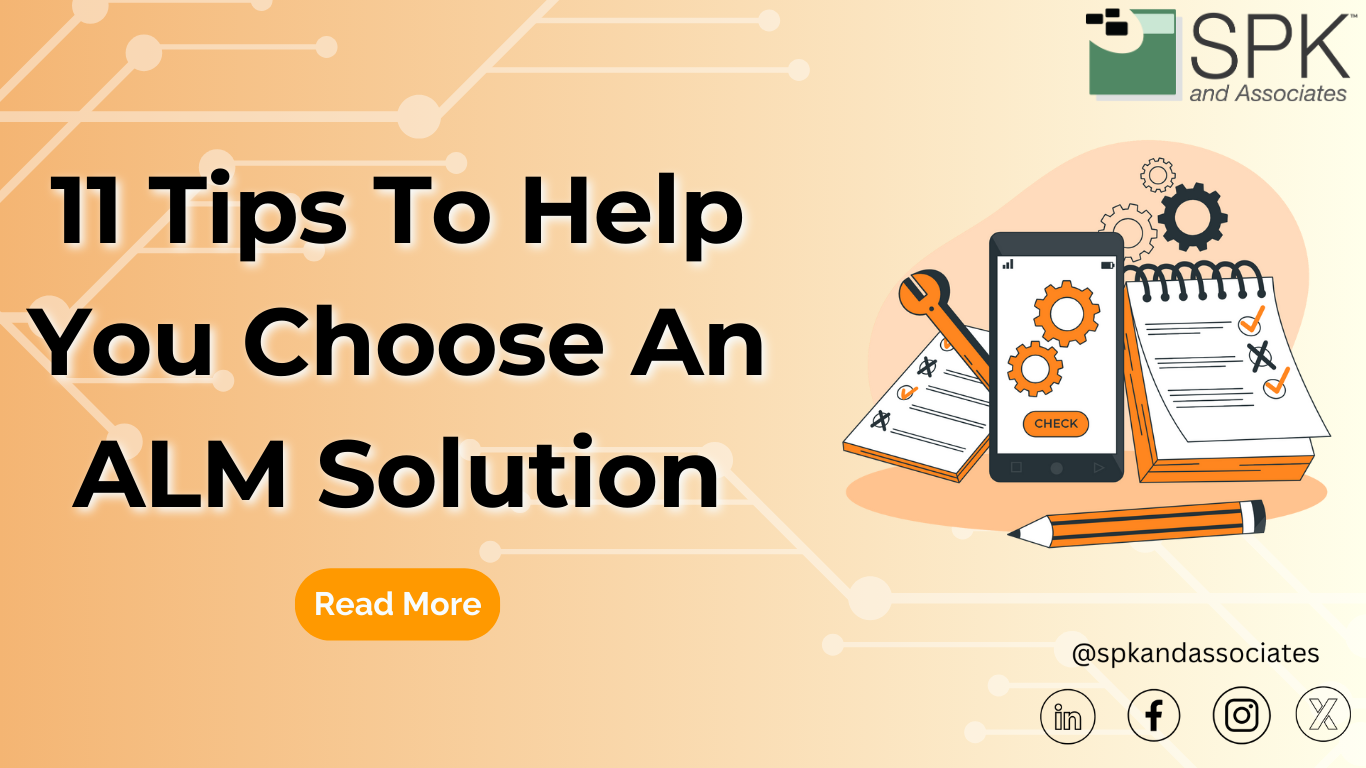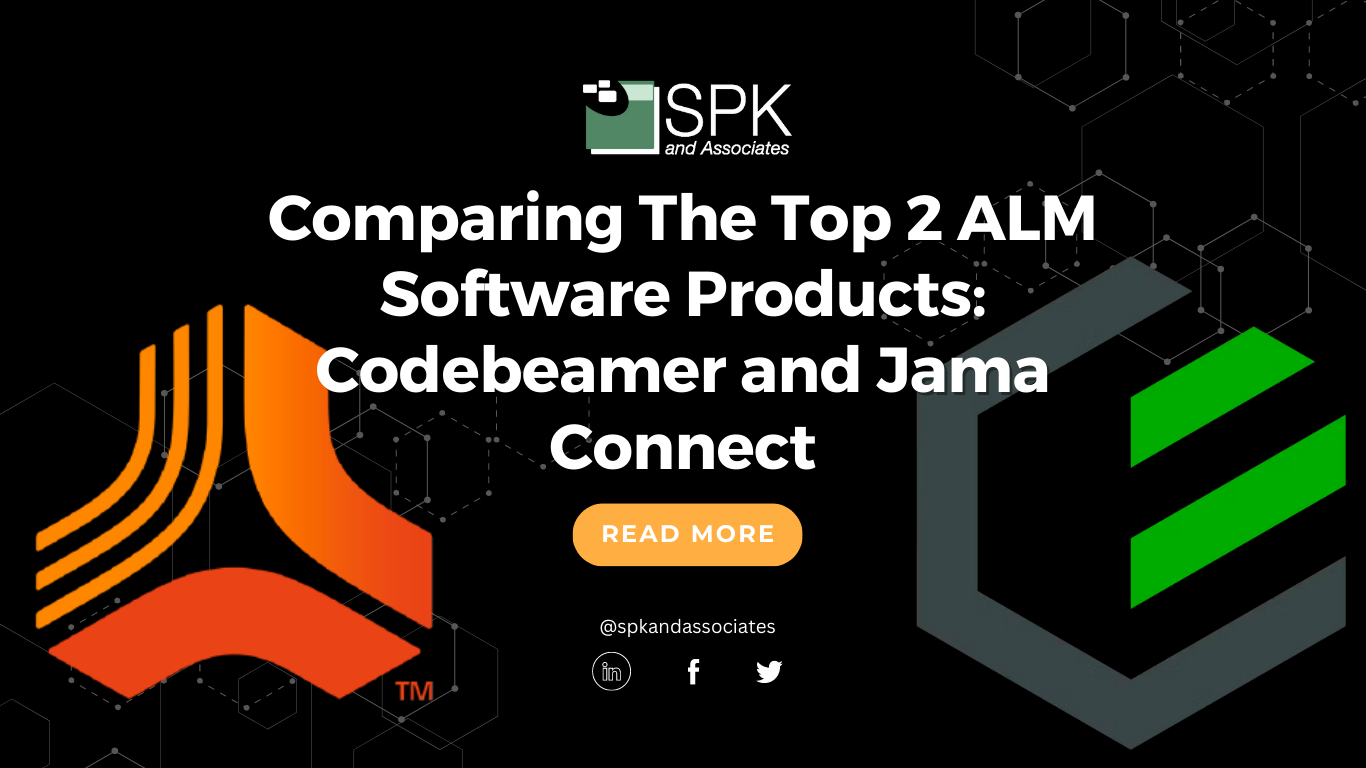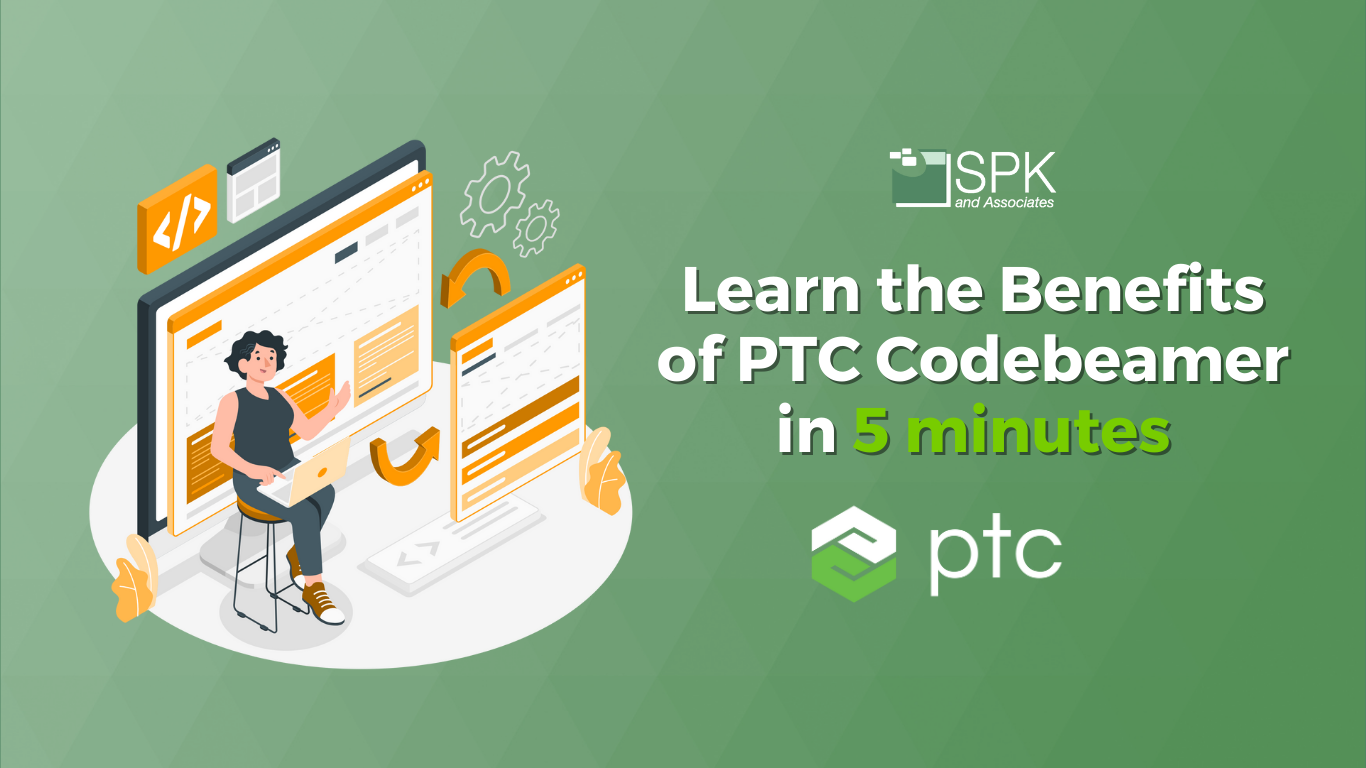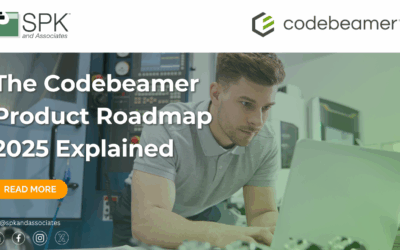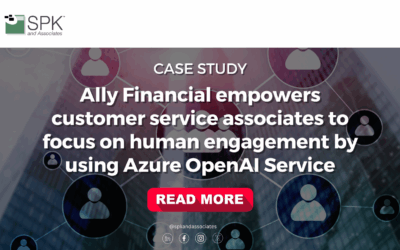Selecting the right Application Lifecycle Management (ALM) solution is a critical step in ensuring the efficiency and success of your software development processes. In this guide, we’ll break down the key factors to consider when you choose an ALM, focusing on good requirements management, test management, and risk management language. If you’re new to ALMs, we suggest you start by reading this. Otherwise, let’s dive in.
Planning For A Better ALM Tool
Great outcomes start with great planning. That’s why you need to spend quality time upfront to get a deep understanding of your wants, needs, and goals.
Begin by scrutinizing your current development processes, and evaluating team collaboration, communication, and task execution. For example, assess the tools and software tools already in use. Next, pinpoint the main challenges and pain points in your development processes, ranging from communication gaps to inefficient handling of requirements. Then, gather feedback from development teams and stakeholders to understand frustrations and areas for improvement. This will help you identify strengths and weaknesses in your approach.

So, that answers the needs, opportunities, and frustrations right now. But, you’ll also need to consider future requirements by considering your organization’s growth trajectory. So, anticipate features needed, such as scalability and support for emerging methodologies.
Furthermore, you’ll also need to understand platform requirements, including niche or industry-specific needs such as regulatory compliance. Lastly, make note of any customization preferences and whether your organization requires tailored solutions or can progress with out-of-the-box functionality.
How To Choose An ALM Solution
Once you have a baseline understanding of all of the above, you can progress to identifying which ALM best suits your needs. Below are key considerations from our experts to help you choose an ALM solution fit for your needs.
1. ALM Architecture and Modules
Look for ALM platforms covering the end-to-end development lifecycle. Modules, and support for teams, like the list below should be integral to the platform:
- Requirements Management
- Collaborative Project Management
- Release Management
- DevOps
- Software Development
- Quality Assurance & Test Management
- Documentation Management
2. Key ALM Features
Next, ensure the ALM solution supports Agile methodologies, even if your current approach is more Waterfall-oriented. Look for end-to-end lifecycle management of work items, including requirements, development tasks, test cases, and bugs. Plus, support for optional items like demand management and IT Operations is an added bonus.
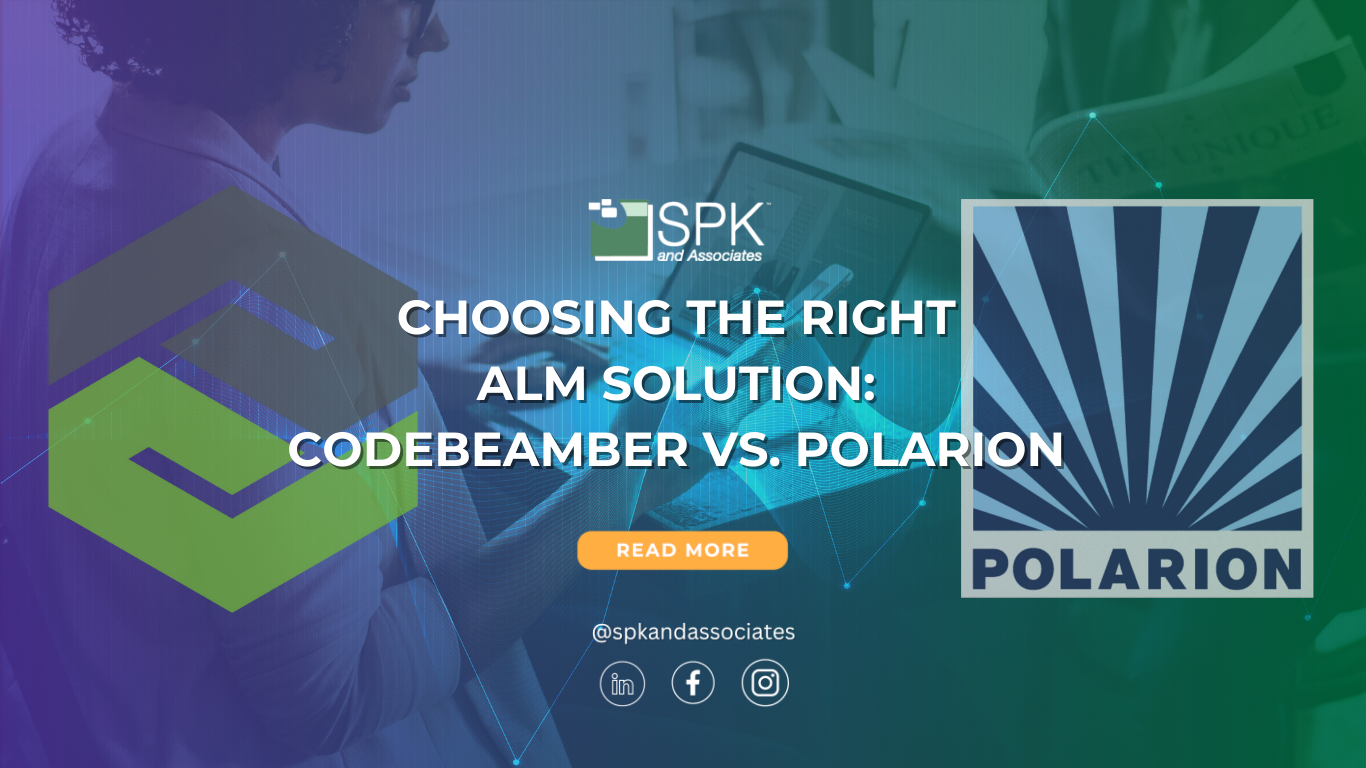
3. Customizability
Choose a highly configurable ALM platform that adapts to your team’s needs. Customizable workflows, flexible reporting options, and the ability to add custom data fields are essential to achieve this. By enabling adjustments to workflows, fields, forms, and reports, customization can align the ALM tool with the organization’s unique processes, methodologies, and compliance requirements. This flexibility ensures that teams are not forced to adapt their working styles to the tool; instead, the tool adapts to them, fostering a more intuitive and seamless integration into daily operations. Moreover, customization can automate repetitive tasks, integrate with other tools and systems, and provide tailored insights through custom reports and dashboards, enhancing decision-making and project visibility. Ultimately, the ability to customize an ALM tool empowers companies to optimize their software development lifecycle, leading to faster delivery times, higher quality products, and improved team satisfaction.
4. Compliance and Traceability
For organizations adhering to government regulations or compliance standards like FDA, ISO, or IEC, ensure the selected ALM solution aligns with these requirements. Key features for compliance and process visibility include:
- Permission-based access.
- Robust process enforcement.
- Uninterrupted end-to-end traceability.
5. Integration Points
Now focus on integration with existing tools in your toolchain. For example, look for ALM solutions seamlessly integrating with tools like Atlassian Jira, Slack, and Microsoft Office/365 right out of the box. These give you the ability to have the flow of information between tools without having the wrong information in different systems. Additionally, platforms with open APIs (REST or Swagger) enable custom integrations.
6. Scalability and Future-Proofing
You’ll also want to revisit your pre-plan and choose an ALM platform that can scale to accommodate future growth, or changes in your development processes. A scalable ALM tool can accommodate growth in project size, complexity, and volume without a significant increase in management overhead or costs. This means it should support an increasing number of users, projects, and integrations seamlessly. Future-proofing, on the other hand, involves choosing an ALM tool that is regularly updated to incorporate the latest technologies, methodologies (like Agile and DevOps), and security standards. It should also offer flexible architecture to integrate with new tools and technologies that may emerge. By prioritizing scalability and future-proofing, companies can protect their investment in an ALM tool, ensuring it remains effective and efficient as their development processes and technology landscape evolve over time. This foresight minimizes the need for costly migrations (which can be extremely significant both in time and cost) or upgrades in the future, supporting continuous improvement in software development and delivery practices. This ensures your chosen solution remains relevant and effective as your organization evolves.

7. User Training and Adoption
When you’re choosing an ALM tool, also factor in the learning curve for your team and evaluate the ease of adoption. Green flags in an ALM solution to achieve this include:
- Available training programs, both on-demand learning and instructor-led training
- Workshops or hands-on sessions with experts
- Webinars
- Educational materials to facilitate efficient use
8. Vendor Support and Community
We’ve all felt a bit out of our depth at some point in our life. The key to overcoming it is how well-supported we feel as we navigate through the challenge. When you choose an ALM tool, it’s no different – make sure you’re not tying yourself into a complex migration, or long-term contract and being left in the dark. Instead, evaluate the support provided by the ALM solution vendor. Also, check for an active community for knowledge sharing and issue resolution. Furthermore, responsive support, bug submission, change request handling, and timely solutions are critical considerations.
9. Security, Administration, Reliability
Security features are paramount. Look for LDAP integration, SAML, Single Sign-On (SSO), and SSL encryption to ensure user authorization and data security. Furthermore, confirm protection measures against intruders and assess reliability through negotiated Service Level Agreements (SLAs).
10. License Types, TCO, Free Evaluation
Now consider available license types and calculate the Total Cost of Ownership (TCO), including support, upgrades, integration, and training costs. Also, opt for an ALM tool vendor providing a free evaluation period for in-depth exploration and data migration from the evaluation copy to the production license. For Codebeamer ALM for example, there are different license options and types to help fit many different scenarios.
11. Evaluate, Compare, and Purchase
Lastly, leverage reports from reputable analyst companies such as Gartner or Ovum for comprehensive evaluations of ALM tools. You’ll also want to involve multiple team members in a thorough evaluation process to ensure a holistic view of various ALM solutions.
Need An Expert To Choose An ALM Tailored To Your Organization?
We can help. The right ALM solution is not just a tool; it’s a strategic asset contributing to the success and efficiency of your software development endeavors. Partnering with an ALM tooling expert can successfully offload the entire evaluation, migration, and deployment process.
Furthermore, we are PTC partners so we are primed to help you evaluate whether Windchill RV&S or Codebeamer are right for you. Contact us today for an initial discussion.


